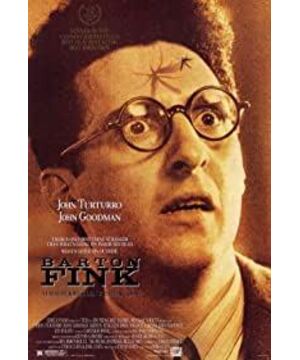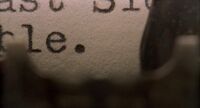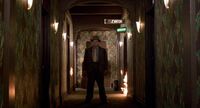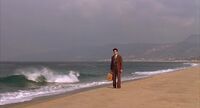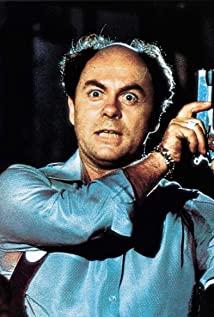However, I still kept the button - such as the photo on the wall, I gave several close-ups, but there is no text, which made me pouted and hopeful in my heart - this is not so simple.
Sure enough, hidden anticipation erupted in a place I didn't expect. Starting from killing a mosquito, the style of painting has changed abruptly, from the previous realistic technique, it has suddenly become surreal. I even thought it was Barton's hallucination, until several subsequent shots confirmed it repeatedly. Only then did I understand: the drama is here. The slightly weird but plausible details from before seemed very meaningful now - except for the back of the woman on the wall, and the mosquito, as well as the heated glue and the sagging wallpaper.
The next episode continued to run wild on the surreal road, but it was still the kind of vulgar meme. It was reasonable for Patton to be beaten in the dance hall fight, and then caused two groups of soldiers to fight, and he himself was fine. The scene of the fire in the hotel hallway brought the absurdity to a climax, and the shot of Charlie running out of the fire with a gun can see the shadow of many bad gunfight movies.
Finally, the woman on the wall finally appeared, and Barton successfully entered the painting and entered his fantasy.
As for what was in the box and who actually killed the woman, that's a good thing to keep open and not get to the bottom of it. I very much agree with this approach.
The theme or topic of the film is actually not profound, but it satirizes Hollywood and the capitalist culture industry, which is a meal. The key is to handle it well, to express it completely in typical Hollywood symbolic language, and every image and every shot is familiar, which is already a bit postmodern. Deliberately spoofing, deliberately anti-middle-class aesthetic taste and narrative expectations, from this perspective, there is a bit of left-wing cultural criticism.
View more about Barton Fink reviews


